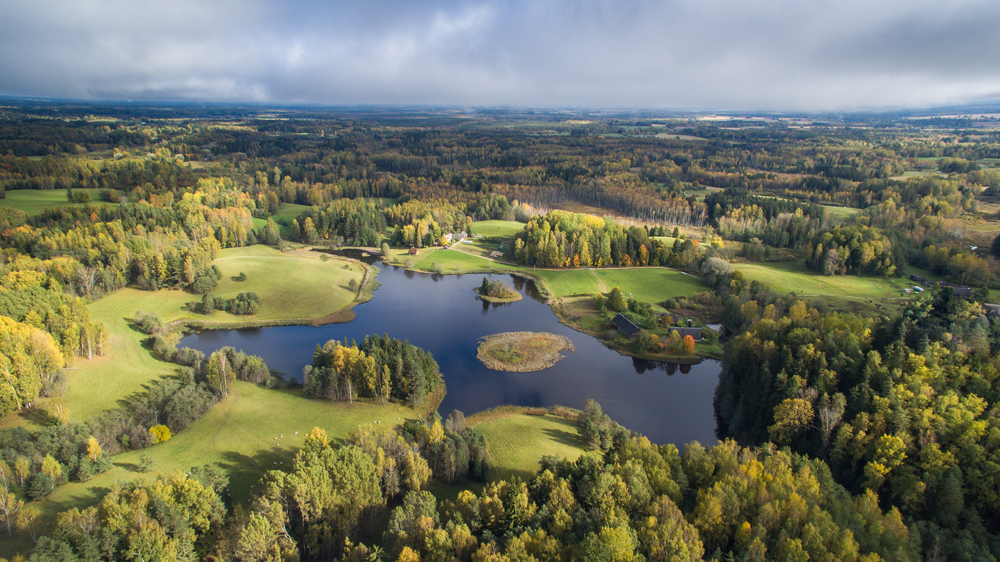Estonia, a Baltic country known for its pristine natural landscapes and rich biodiversity, is home to six national parks that protect and showcase its unique ecosystems. These parks offer a variety of landscapes, from ancient forests and wetlands to coastal areas and islands, providing a haven for wildlife and a wealth of outdoor experiences for visitors.
Lahemaa National Park, established in 1971, is Estonia’s first and largest national park, covering approximately 747 square kilometers. Located on the northern coast, the park is renowned for its diverse landscapes, including rocky coastlines, dense forests, and picturesque bogs. Lahemaa is home to a variety of wildlife, such as moose, lynx, and numerous bird species. Visitors can explore a network of hiking and cycling trails, visit historic manors, and enjoy the scenic beauty of the park’s natural features.
Soomaa National Park, located in the southwest, covers about 390 square kilometers and is famous for its unique floodplain landscape, known as the “Fifth Season.” During spring floods, vast areas of the park become inundated, creating a unique environment for plants and animals. Soomaa is a haven for wildlife enthusiasts, offering opportunities to spot beavers, elk, and a variety of bird species. Visitors can explore the park by canoe, hike along boardwalk trails, and experience the tranquility of its pristine wetlands.
Matsalu National Park, situated on the west coast, encompasses approximately 486 square kilometers and is one of Europe’s most important bird areas. The park features a mosaic of wetlands, meadows, and coastal lagoons, attracting thousands of migratory birds each year. Matsalu is a paradise for birdwatchers, offering observation towers and guided tours to explore its rich avian diversity. Visitors can also enjoy boat trips and nature walks, immersing themselves in the park’s vibrant ecosystems.
Vilsandi National Park, located on the western coast and surrounding islands, covers around 238 square kilometers. It is known for its rich marine biodiversity, limestone cliffs, and picturesque islands. The park is an important breeding ground for seals and seabirds, and visitors can explore its scenic landscapes by boat or on foot, experiencing the unique beauty of Estonia’s coastal environment.
Karula National Park, the smallest national park in Estonia, covers about 123 square kilometers in the south. The park is characterized by its rolling hills, forests, and numerous lakes, creating a tranquil and picturesque setting. Karula is home to diverse flora and fauna, including rare plant species and a variety of birdlife. Visitors can enjoy hiking, fishing, and exploring the park’s idyllic landscapes.
Alutaguse National Park, established in 2018, is located in northeastern Estonia and covers approximately 446 square kilometers. The park is known for its vast forests, wetlands, and sand dunes. It is a refuge for many wildlife species, including bears, lynx, and cranes. Visitors can explore the park’s extensive network of trails, experience its wild landscapes, and participate in activities such as wildlife watching and camping.
Estonia’s national parks are vital for preserving the country’s natural heritage and biodiversity. They offer diverse recreational opportunities and invite visitors to discover the stunning landscapes and ecological richness that make Estonia a unique and captivating destination for nature lovers and adventurers.
Alphabetical List of Estonia National Parks Below
















































































